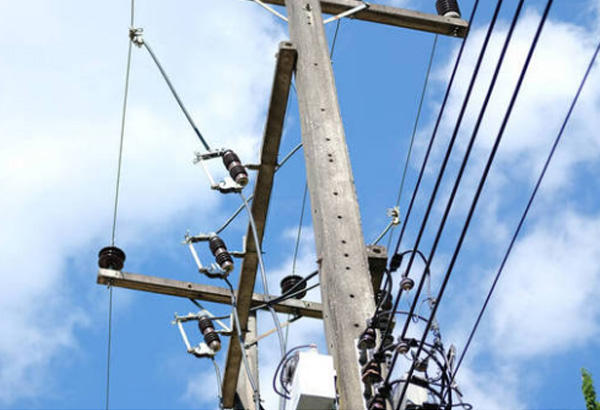What is the composition of a high-voltage fuse?
2023-04-10
2023-04-10

Melt: it is the core part of the fuse, which is made of silver or copper and other good conductors. Usually, some fusible alloy are welded on it to improve its sensitivity. The shape and size of the melt determine the rated current and current limiting characteristics of the fuse. The melt will not melt during normal operation, but it will quickly heat up and vaporize during overload or short circuit, forming an arc and cutting off the circuit.
Fuse tube: It is the outer shell of the melt, which is made of heat-resistant insulation material and has the function of extinguishing arc when the melt melts. The fuse tube is usually filled with fine-grained materials for arc extinguishing, such as quartz sand. Fine grained materials can absorb the energy of an arc, divide and cool the arc, and generate a large amount of gas pressure, which plays a role in de ionizing the arc and quickly extinguishing it.
Contact conductive part: It is a metal component that connects high-voltage lines and supporting insulators, usually made of copper or copper alloy, with good conductivity and mechanical strength. The conductive part in contact should ensure good contact with the line and insulator, and be able to withstand mechanical and electrical stresses during normal operation and faults.
Support insulator: It is an insulating component that supports and fixes the conductive part and base in contact, usually made of materials such as ceramic or fiberglass reinforced plastic, and has good insulation performance and weather resistance. Supporting insulators should ensure sufficient insulation distance between them and the conductive parts in contact, and be able to withstand mechanical and electrical stresses during normal operation and faults.
Base: It is a fixed component installed on high-voltage switchgear or other equipment, usually made of materials such as cast iron or steel plate, with good mechanical strength and corrosion resistance. The base should ensure a solid connection with the supporting insulator and be able to withstand mechanical and electrical stresses during normal operation and failure.




